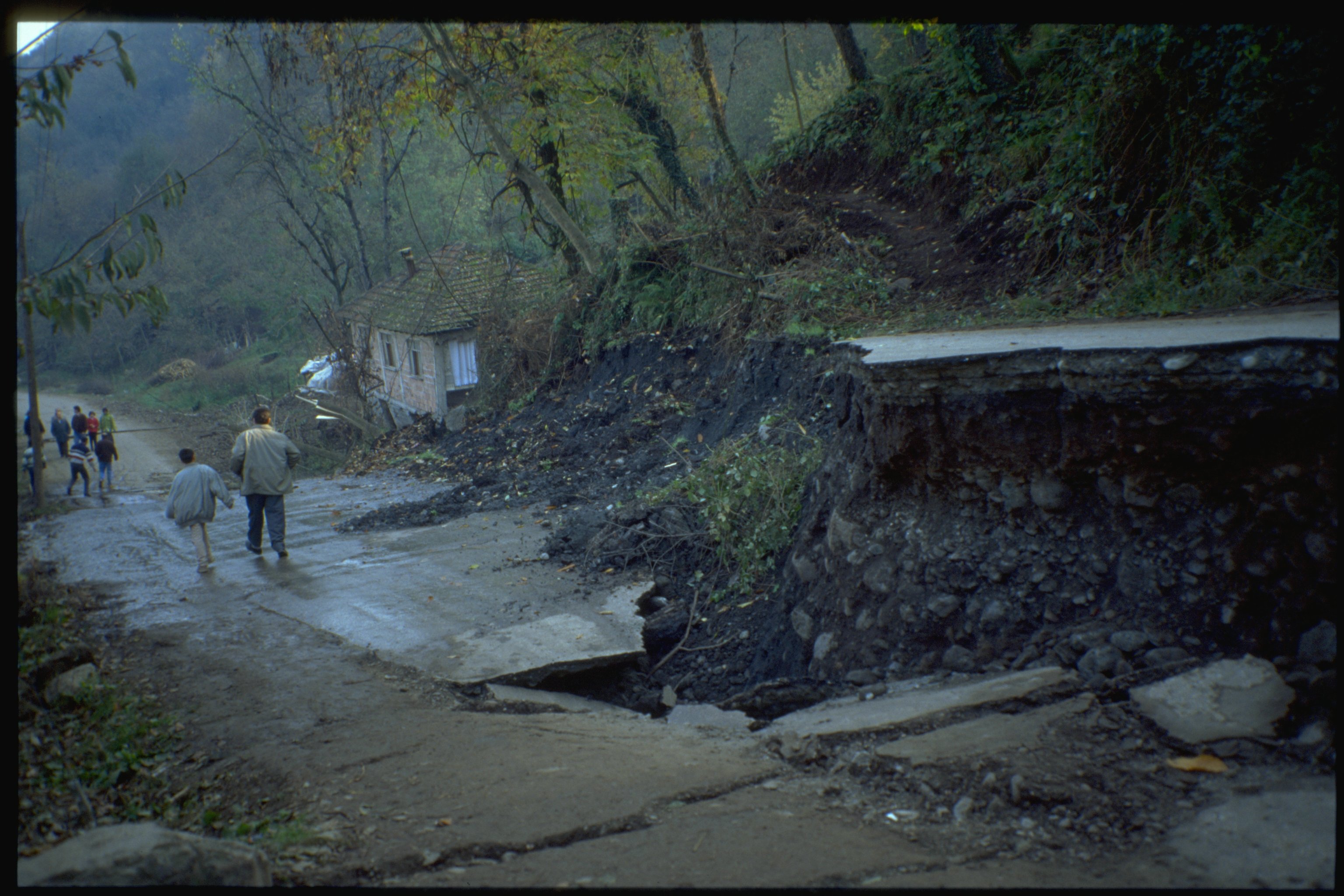All Categories
Featured
Table of Contents
Geophysical Survey in Thornlie Aus 2020
(PREM)., and the limits in between layers of the mantle are constant with phase shifts.

This makes plate tectonics possible. Schematic of Earth's magnetosphere. The solar wind flows from delegated right. If a world's magnetic field is strong enough, its interaction with the solar wind forms a magnetosphere. Early space probes mapped out the gross measurements of the Earth's magnetic field, which extends about 10 Earth radii towards the Sun.
Inside the magnetosphere, there are fairly thick areas of solar wind particles called the Van Allen radiation belts. Geophysical measurements are usually at a particular time and location.
Uses For Geophysical Data in Wandi Oz 2021
, combines astronomical coordinates and the local gravity vector to get geodetic coordinates. This method only offers the position in 2 coordinates and is more challenging to utilize than GPS.
Relative positions of 2 or more points can be figured out using very-long-baseline interferometry. Gravity measurements ended up being part of geodesy due to the fact that they were needed to related measurements at the surface of the Earth to the reference coordinate system. Gravity measurements on land can be made utilizing gravimeters released either on the surface area or in helicopter flyovers.
Satellites in area have made it possible to collect data from not only the visible light area, however in other locations of the electromagnetic spectrum. The worlds can be identified by their force fields: gravity and their magnetic fields, which are studied through geophysics and area physics. Measuring the modifications in acceleration experienced by spacecraft as they orbit has actually permitted great information of the gravity fields of the planets to be mapped.
Geophysics in Quinns Rocks Oz 2023

Since geophysics is concerned with the shape of the Earth, and by extension the mapping of features around and in the world, geophysical measurements consist of high precision GPS measurements. These measurements are processed to increase their precision through differential GPS processing. Once the geophysical measurements have been processed and inverted, the analyzed outcomes are plotted utilizing GIS.
Numerous geophysics business have designed in-house geophysics programs that pre-date Arc, GIS and Geo, Soft in order to meet the visualization requirements of a geophysical dataset. Exploration geophysics is applied geophysics that frequently uses remote picking up platforms such as; satellites, aircraft, ships, boats, rovers, drones, borehole picking up equipment, and seismic receivers.
For instance, aeromagnetic information (aircraft gathered magnetic information) collected utilizing conventional fixed-wing aircraft platforms should be remedied for electro-magnetic eddy currents that are developed as the aircraft moves through Earth's magnetic field. There are likewise corrections connected to modifications in determined potential field intensity as the Earth turns, as the Earth orbits the Sun, and as the moon orbits the Earth.
Recent Advances In Optimized Geophysical Survey Design in Ocean Reef Australia 2020
Signal processing involves the correction of time-series data for unwanted noise or errors presented by the measurement platform, such as aircraft vibrations in gravity information. It also includes the reduction of sources of sound, such as diurnal corrections in magnetic information. In seismic data, electro-magnetic information, and gravity data, processing continues after mistake corrections to include computational geophysics which lead to the final analysis of the geophysical data into a geological interpretation of the geophysical measurements Geophysics emerged as a separate discipline only in the 19th century, from the intersection of physical geography, geology, astronomy, meteorology, and physics.
The magnetic compass existed in China back as far as the 4th century BC. It was not till great steel needles could be forged that compasses were used for navigation at sea; before that, they might not maintain their magnetism long enough to be helpful.
By taking a look at which of 8 toads had the ball, one could figure out the instructions of the earthquake. It was 1571 years before the first style for a seismoscope was published in Europe, by Jean de la Hautefeuille. It was never constructed. One of the publications that marked the start of modern science was William Gilbert's (1600 ), a report of a series of precise experiments in magnetism.
Geophysical Surveys For Petroleum in Lockridge Aus 2020
Geochemistry, Geophysics, Geosystems. National Aeronautics and Space Administration. Retrieved 13 November 2018.
Runcorn, S.K, (editor-in-chief), 1967, International dictionary of geophysics:. Pergamon, Oxford, 2 volumes, 1,728 pp., 730 fig Geophysics, 1970, Encyclopaedia Britannica, Vol. Introduction to seismology (Second ed.).
Latest Posts
Geophysicist Jobs in North Perth Australia 2021
Geophysical Survey Definition in Warnbro Western Australia 2021
What Is Geophysics? in Carlisle Australia 2020